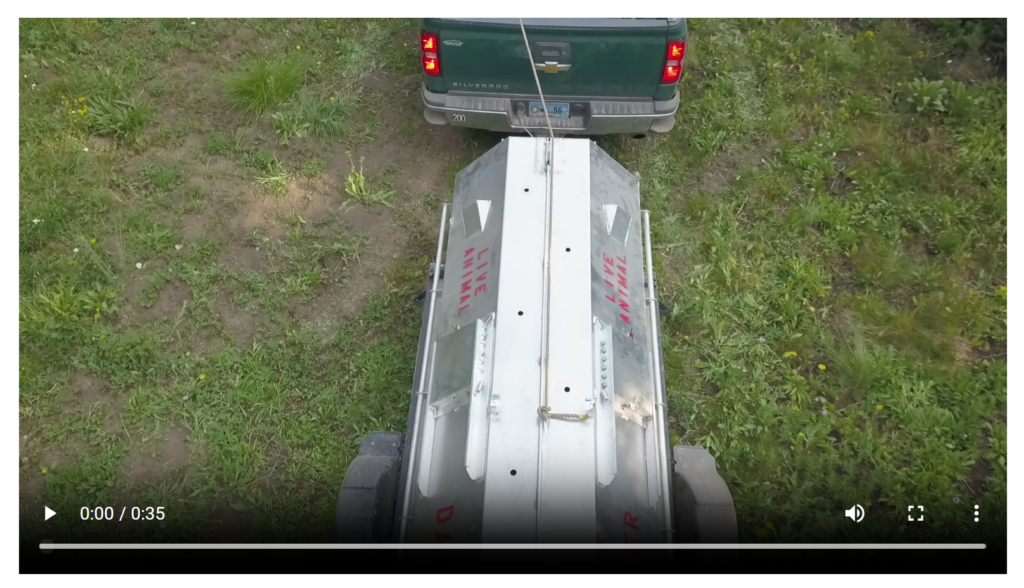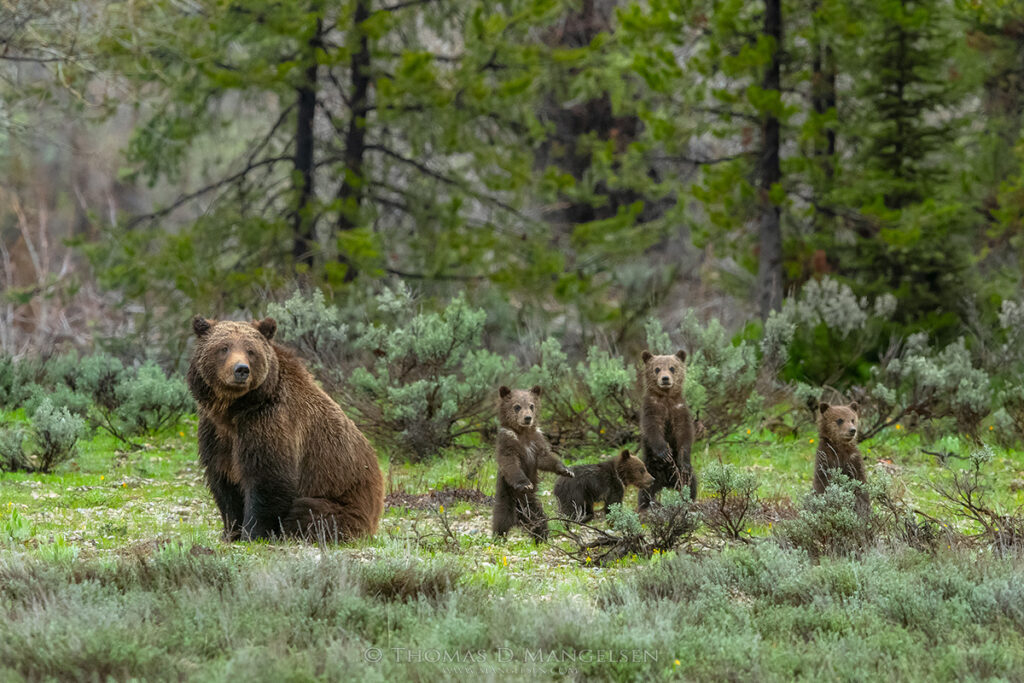How Gianforte is Spending Your Tax Dollars

How Gianforte is Spending Your Tax Dollars
TRUCKING GRIZZLY BEARS
Greg Gianforte and Mark Gordon, Governors of Montana and Wyoming respectively, teamed up to truck grizzly bears from Northwest Montana to the Greater Yellowstone Ecosystem claiming moving the two sub-adult grizzly bears will help sustain the species by ensuring genetic diversity. State wildlife agency staff trucked one female and one male from the Northern Continental Divide Ecosystem in northwest Montana to the GYE where the governors claim they will breed with bears in the GYE to assist genetic diversity which is necessary for long term sustainability of the species. Territorialism and some of the lowest rates of reproducing of any animal makes the likelihood of the bears breeding successfully very low, however. Grizzly bears are fiercely protective of their food sources and arbitrarily releasing an unfamiliar bear in an area already occupied will almost assuredly result in the small, young bears being killed by larger adult bears already occupying the areas. Some have compared it to making a zoo out of Yellowstone, but the last time I checked you can’t kill zoo animals.

Screenshot Credit WyoFile and Wyoming Game and Fish Department
Both Governors have been told Trucking bears to release them in occupied habitat is not supported by best available science, but because a 2017 ruling by the U.S. 9th Circuit Court of Appeals in San Francisco made delisting contingent on genetic diversity the governors chose to ignore established science to meet the terms of the ruling. Translocating the bears in occupied habitat is their answer to being able to trophy kill a species that has not fully recovered. Matt Bishop, senior attorney for Western Environmental Law Center, was quoted in WyoFile in 2023 saying, “My perspective would be that it undermines their claim of recovery if they have to translocate bears. The goal should really be to get bears back in the Bitterroot [recovery area] and get some connectivity between subpopulations. Then maybe start thinking about delisting and recovery, but I don’t think we’re there yet.”
Gianforte hinted at his motive for trucking the bears in a press conference earlier this summer saying he was going to prove to the federal government Montana is ready to manage the grizzly bear. If the federal government wants proof, they need look no further than the state wildlife agencies of Montana, Wyoming and Idaho to see how they manage wolves. They slaughter wolves for recreation endangering the species. The federal government should also take into consideration the state of Wyoming already tried to legalize hunting grizzly bears defying federal listing status! Why should the federal government trust states who have proven they can’t be trusted when it comes to our wildlife?! Far from concern for the grizzly bear, who happens to be our state animal, Gianforte and Gordon want to kill grizzly bears so badly they trucked them across the state of Montana to pay lip service to genetic diversity because they can’t trophy kill them until they are delisted. Both men are beholden to dark money trophy hunting groups like the NRA and Safari Club International for their positions and pride themselves on collecting rare animals for display. Grizzly bears along with all species who live in the United States don’t belong to these trophy hunters and their friends. Animals sustained by our public lands are part of the public trust and belong to all of us, including and especially the nonconsumptive community.

It is outrageous that our tax dollars are being used to pay state agency staff to conduct such ridiculous tasks as trucking and probably further endangering two young grizzly bears who deserve a chance to survive, not to be thrown into hostile territory only to be killed. What did we expect from governors who enthusiastically support snaring, trapping, baiting, bounties, spotlighting, and unlimited killing of wolves? We own the wolves and grizzly bears on our wild public lands, not these men who glorify violence and abuse of vulnerable and endangered species. If endangering these young grizzlies’ lives and the ridiculous steps they have taken push to delist grizzlies makes you angry too, you can contact Gianforte and Gordon to voice your outrage and contact Secretary Haaland at the Department of the Interior to voice your opposition to delisting.

Screenshot Credit PBS
Contact Greg Gianforte:
Governor Greg Gianforte
P.O. Box 200801
Helena, MT 59620-0801
Phone
855-318-1330 (toll free)
406-444-3111
Contact Mark Gordona:
State Capitol
200 West 24th Street
Cheyenne, WY 82002
Phone
307.777.7434
Contact Secretary Haaland:
Main Interior Building 1849 C Street NW Washington, D.C., U.S. 20240
Phone
(202) 208-3100
exsec_exsec@ios.doi.gov
